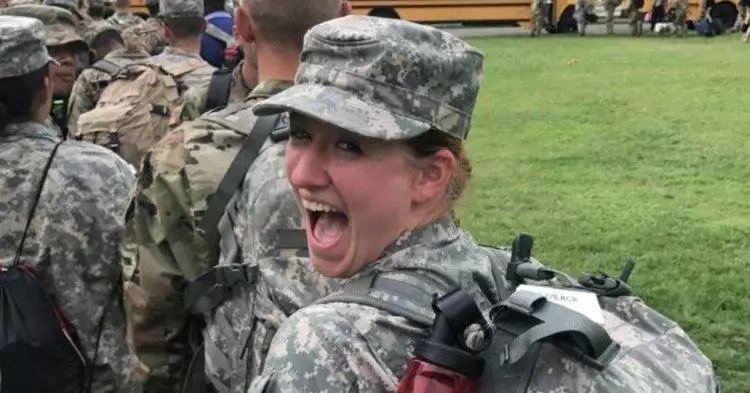The tragic American Airlines crash went down in history for all its 67 passengers died due to its collision with a Black Hawk military helicopter on the night of January 29, 2025.
Now, a new report published by The New York Times revealed that there is someone to blame for the Black Hawk crash, and it is the pilot captain who was flying the helicopter.
What the report revealed
Turns out Army Black Hawk Pilot Capt. Rebecca Lobach was the one flying the helicopter and she didn’t comply with her co-pilot’s orders to change course.
She was conducting her annual flight evaluation with her co-pilot and flight instructor Chief Warrant Officer 2 Andrew Loyd Eaves.
This wasn’t her only mistake
She was also flying the helicopter too high, and seconds before the crash, air traffic control instructed Lobach and Eaves to turn left, but she failed to do so.
They instead opted for flying by “visual separation,” a practice that prevents aircraft from colliding based on the pilot’s own observation rather than following air traffic control’s instructions.
Even Eaves warned her but she didn’t listen
“The Black Hawk was 15 seconds away from crossing paths with the jet. Warrant Officer Eaves then turned his attention to Captain Lobach. He told her he believed that air traffic control wanted them to turn left, toward the east river bank,” The New York Times wrote.
A crisis that could have been averted
“Turning left would have opened up more space between the helicopter and Flight 5342, which was heading for Runway 33 at an altitude of roughly 300 feet. She did not turn left,” the report added.
Why she didn’t turn left as instructed is still unknown.
More about Lobach
Born in Durham, North Carolina, Lobach served as an aviation officer in the Army since July 2019. The army released that she had around 500 hours of flying time in the Black Hawk and was assigned to the 12th Aviation Battalion in Fort Belvoir, Virginia.
Additionally, she was awarded the Army Commendation Medal, Army Achievement Medal, National Defense Service Medal, and Army Service Ribbon, as revealed by the Army.
There were many close calls
Transportation Secretary Sean Duffy opened an investigation and announced plans to ameliorate airport air traffic control systems with the most up-to-date technology over the next four years.
This came after having 85 close calls at Reagan National Airport (meaning there were less than 200 feet of vertical separation and 1,500 feet of lateral separation between aircraft), as per the National Travel Safety Board (NTSB).
Duffy’s priority is safety
“We’re having near-misses, and if we don’t change our way, we’re going to lose lives,” he told reporters at the time.
“That wasn’t done. Maybe there was a focus on something other than safety, but in this administration, we are focusing on safety,” he added.



















































